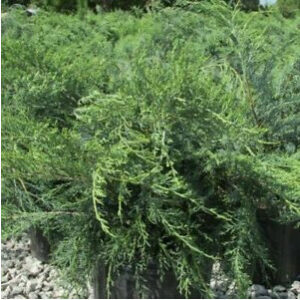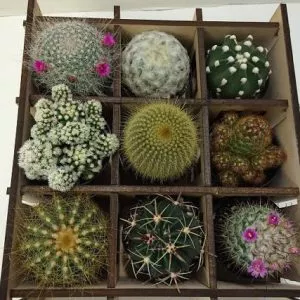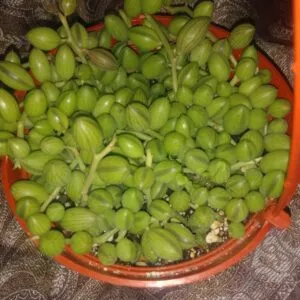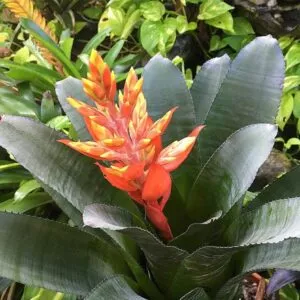No products in the cart.
For a beautiful evergreen in the garden with twisted stems and open-tiered branches with an airy texture, add the Japanese black pine to your landscape.
The best part is you can even grow them as bonsai trees with their intriguing form to form a curved trunk. The dark green needles stand out with the white candles 🕯️ in spring.
It is an adaptable tree, and native species come from Japan. The striking form with expressive needles stands out in any landscape or home.
Plant Name: Pinus thunbergii
Other Name: Japanese black pine, Japanese pine, black pine
Plant Type: Trees
Native Areas: Asia
Light Requirement: Full sun
Watering: Moderate
Fertilizer: Complete Fertilizer
Toxicity: Non-toxic
Temperature: Warm climates
Propagation: Seed
Growth: 3 to 80 feet tall and 4-25 feet wide
Soil Type: Sandy soil types
USDA Hardiness Zones: 5-8
More About Japanese Black Pine Trees

The scientific name for Japanese black pines is Pinus thunbergii, with an irregular needle form that remains evergreen.
The tree does not grow with a central leader but matures with a flat top with drooping branches. The predominant leader present is thick and twisting instead of straight.
The dark green needles are five to seven inches long with upright candles in silky white. These light brown cones can reach up to three inches long.
As an Asian native species, you find them in Asian gardens reaching up to 80 feet tall. But many varieties are dwarf cultivars that reach up to 10 feet. Still, a mature tree 🎄 can get different fungal diseases.
The young black pine trees are beautiful but are mainly planted with the knowledge they will not last for decades.
You can plant the tree in spring in a container or as a balled and burlap plant in the landscape. The growth rate is moderate at two to three feet per year.
Types of Japanese Black Pines
The purse species from Japan and South Korea offers many plants in the genus to grow in the garden as small tree. Here are some of our favorites:
The ‘Majestic Beauty’ grows fast with deep green needles to reach 50 feet tall within 20 years.
The ‘Oculus Draconis’ is a dwarf cultivar with needles with a yellow band to the base and reaching up to eight feet.
Another variegated cultivar is the ‘Shirone Jamone,’ with bright golden or yellow bands on dark green needles.
The ‘Thunderhead’ is a dwarf variety growing up to 10 feet tall within ten years. The branches have a dense needled form with dark storm clouds.
The ‘Pygmaea’ has a compact growth with full-length needles reaching up to 5 feet in ten years.
Pinus Thunbergiana Care
For the best growing conditions, provide your pine trees with loam sand in a sunny spot. The tree grows on rocky cliffs to coastal areas, and young trees grow with a shrubby habit.
It has a blackish-gray trunk, and people grow them as a bonsai plant. If you decide to grow the beautiful tree as a screen, give it a space of 12 feet apart to grow dense.
Grown as a specimen tree provides enough space away from structures for the root system to spread. How do you care for this beautiful tree, as we do not believe in very little maintenance?
Pinus Thunbergii Light Conditions
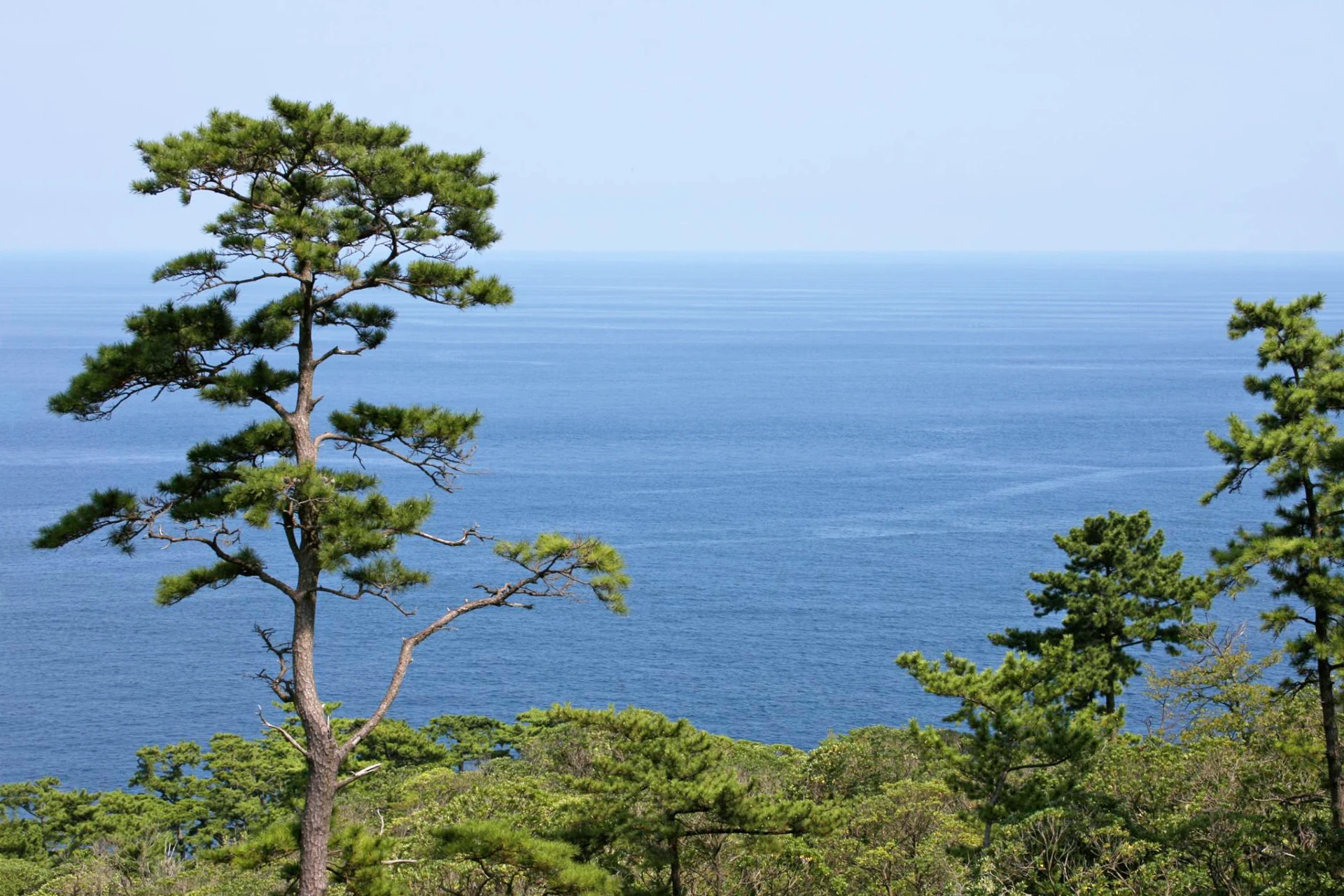
Japanese black pine needs six hours of full sun daily with partial shade in the afternoon.
Soil Types Japanese Black Pine Trees

The tree prefers moist, well-drained sandy soil and cannot tolerate soggy soil types or poor drainage. Preferably provide your tree with acidic soil, but it can also grow in a bit of alkaline.
Watering Pine Trees
After planting your tree, ensure it gets an inch of water 💦 per week during the first year. Once the tree matures, it is reasonably drought-tolerant but needs watering during dry spells.
Temperature and Humidity

The tree does well in the growing zones 5 to 8 but can get winter burn when temperatures drop below -10°F. The needles will turn brown and dry out. The Japanese black pine thrives in low humidity and best not prune in wet periods.
Fertilizing Japanese Black Pine Trees
The tree needs frequent feeding when growing in soil types poor in nutrients. So adding a complete fertilizer during the start of the growing season helps. For your bonsai plant, it will benefit from more feeding.
Pruning Pine Shrubs
The irregular growth of the black pine will need regular pruning, allowing you to move freely beneath the canopy. Furthermore, trimming the tree will help keep it in a dense and full arrangement when planted as a screen.
The best time to prune is in spring during dry weather to prevent transmission of diseases. When you grow these trees as a bonsai plant, you need to pinch off new growth in the growing season and do root pruning so that the tree remains small.
Container pruning will stress your plant out, leading to sap bleeding. So, the best is to prune between fall and early winter. Do your minor pruning in summer and do it in the shade for a month to minimize the bleeding.
Potting and Repotting Japanese Black Pine
You only do container culture when it is grown as a bonsai specimen. Use a potting mix of clay or pumice with peat and coarse sand. You must repot them every few years and also prune back the roots.
When outdoors for the summer, keep your Japanese black pine protected from direct sun to prevent root burn. Still, the needles will not have a dark green color in part shade.
You must water your tree often to prevent the soil from drying out.
Overwintering Japanese Black Pine Trees
As with most pines, they can become harmed in winter resulting in winter burn. You may notice the foliage turning brown, and this happens mostly with young saplings in the cold.
You can protect saplings in winter by planting them in a sheltered area and keeping them well watered. Add some mulch to retain moisture and keep the roots protected.
Alternatively, you can create a screen around them using burlap but do not wrap them too tight as it will trap too much moisture.
-
$15.00Sold By: Helios Plants
$20.00In stock
Swingle Citrumelo – Cold Hardy Citrus (Cross between Seville Orange & Trifoliate Orange)
Rated 4.73 out of 5 based on 120 customer ratings05Sold By: Helios Plants -
$25.30Sold By: Carlo's Plant Farm
In stock
Parsoni Juniper | Carlo`s Plant Farm
Rated 5.00 out of 5 based on 22 customer ratings00Sold By: Carlo's Plant Farm -
$10.00Sold By: Cacti and Exotica
In stock
Crassula—Moonglow
Rated 4.98 out of 5 based on 59 customer ratings00Sold By: Cacti and Exotica -
$73.99Sold By: Succulent Oasis
In stock
Shadow Box Nine Cacti Planter
Rated 4.84 out of 5 based on 352 customer ratings00Sold By: Succulent Oasis
Propagating Japanese Black Pine
Vegetative methods are not recommended to propagate pine trees rooting a branch cutting. The best way to do it is by planting seeds you extract from the cones.
How to Grow Japanese Black Pine From Seed
Whether you buy the seeds or collect them yourself, you can use the following steps to germinate them:
You can collect seeds from mature cones by drying them out until the scales separate.
Shake the cone on a sheet of paper 📃 to dislodge them. You can collect cones in the fall when dropping from the tree. Store them in a dry place through winter to extract them in late winter when you want to start them indoors.
After collecting the seeds, soak them for 24 hours in water and place them in a plastic bag in the freezer for four weeks.
Remove from the freezer, prepare small pots with a potting mix, and sow them on the surface to cover with fine compost or vermiculite.
Water the pots and keep them in bright light at room temperature.
You should notice germination in 14 days, then grow the seedlings outside in the full sun, keeping them moist.
If needed, repot them into larger containers and keep them in the pot for the first two years before planting them in the landscape.
Common Pests & Plant Diseases
The Japanese black pine trees are mostly problem-free, but a large tree of about 20 years starts to get:
Set cones
Diplodia blight
Fungal problems
The problem starts with the lower branches, and the Pinus thunbergii foliage becomes longitudinally fissured with a shrubby habit. The canker can start to develop on the branches as leaf blight can progress into a canker.
Another disease are rust, which can slow down the black pine’s development and health. You can remove the diseased branches and spray them with a fungicide each year when new growth appears in early spring.
But if the canker is severe, you cannot save your tree and avoid pruning during wet weather and fertilizing the lawn around the pine tree with high nitrogen.
Common pests are the pinewood nematode that often kills your tree. It is a soil worm that will infect your tree through the holes caused by bark beetles. Unfortunately, there is no cure when this happens.
Other common bugs 🐛 are sawflies, bark beetles, and Nantucket tip moths. Also, provide your tree with well-drained soil to prevent root rot.
Frequently Asked Questions
The primary concern with Japanese black pine is diseases in mature trees. It is a fast-growing tree, but one common complaint is that the tree does not reach its growth habit, and the branches hang low. You can easily prune them to rectify the problem.
Another concern is that the tree is messy when shedding foliage.
A mature Japanese black pine has a windswept appearance that works well in themed Asian gardens grown as a specimen plant. The tree grows well in ocean landscapes as it is salt spray tolerant. Or grow them as a shrub to create a privacy screen.
But if you want, you can also try the art of bonsai, as it makes for excellent bonsai trees.
While the Japanese black pine trees avoid pests, the main concern is diseased as they mature. So, if the tree reaches 20 years, count yourself lucky.
Compared to the Japanese pine, the black pine Pinus nigra is hardier for cold climates. It also has dense growth, dark gray to black bark, and a strong central leader.
With the irregular growth of the Japanese black pine, it can become invasive when escaping your garden, but by pruning and removing the foliage that sheds from the tree, you can control it.
To keep the Japanese black pine small, you can grow them in a container to do bonsai art by pinching off the new growth in spring and doing regular root pruning.
Whether you want to buy, sell, or simply reach out to other plant enthusiasts, Plantly is the right place to be!
-
$24.99Sold By: BubbleBlooms
In stock
Ponytail Palm Tree, Nolina recurvata, Beaucarnea recurvata
Only 994 available and it’s in 2 people’s basketRated 4.81 out of 5 based on 279 customer ratings00Sold By: BubbleBlooms -
$9.99 – $18.99Sold By: Succulent Oasis
Only 2 left in stock
Purple Echeveria, Perle Von Nurnberg
Rated 4.84 out of 5 based on 352 customer ratings01Sold By: Succulent Oasis -
-
Free Shipping$21.99Sold By: Gar-Zen Botanical Design
Only 3 left in stock (can be backordered)
Red Brazil Bromeliad Aechmea nudicaulis
Only 3 available and it’s in 2 people’s basketRated 4.86 out of 5 based on 49 customer ratings00Sold By: Gar-Zen Botanical Design

